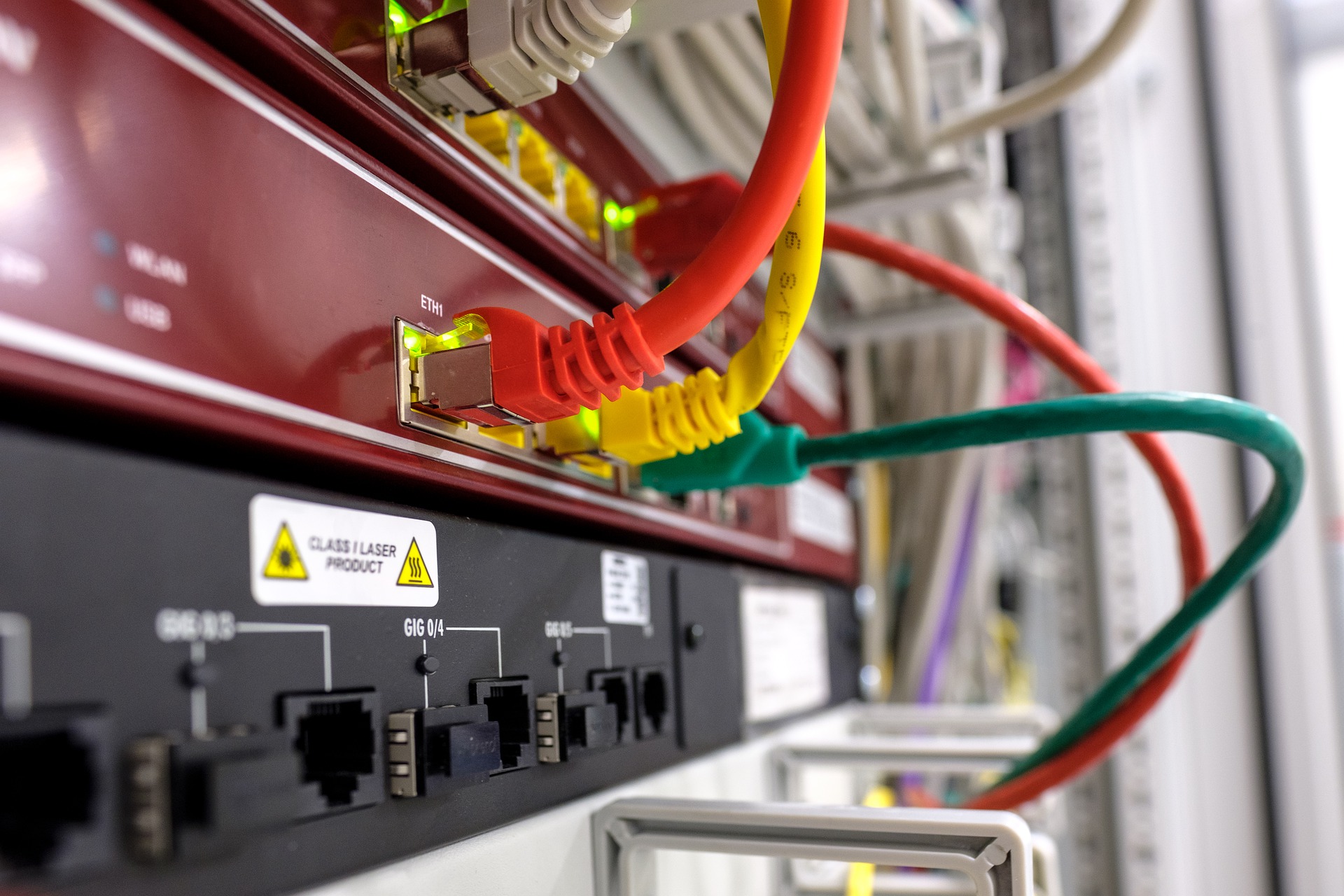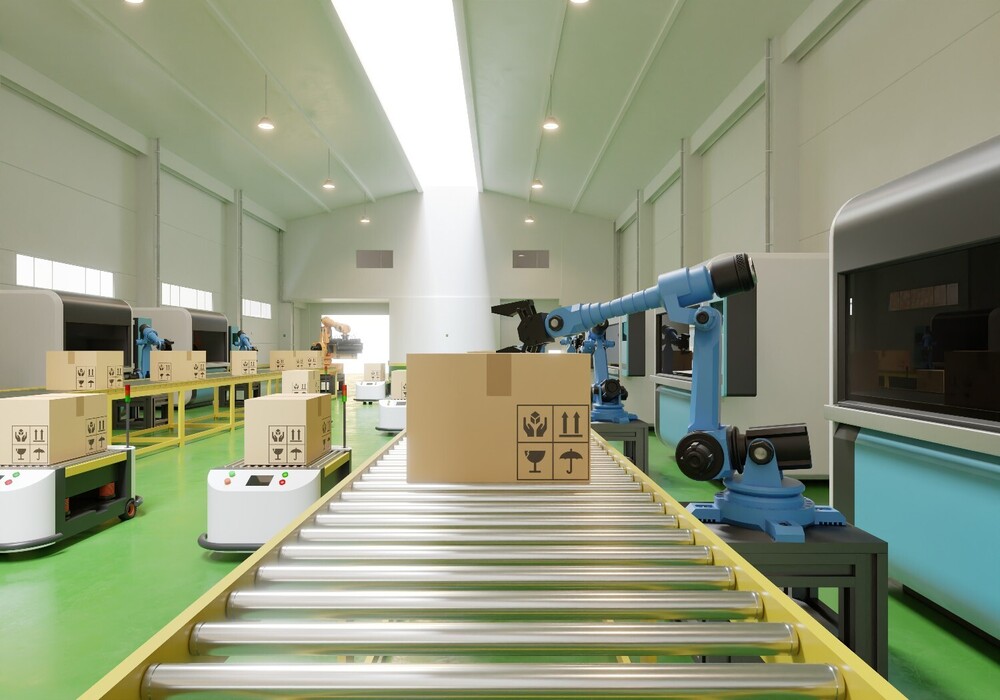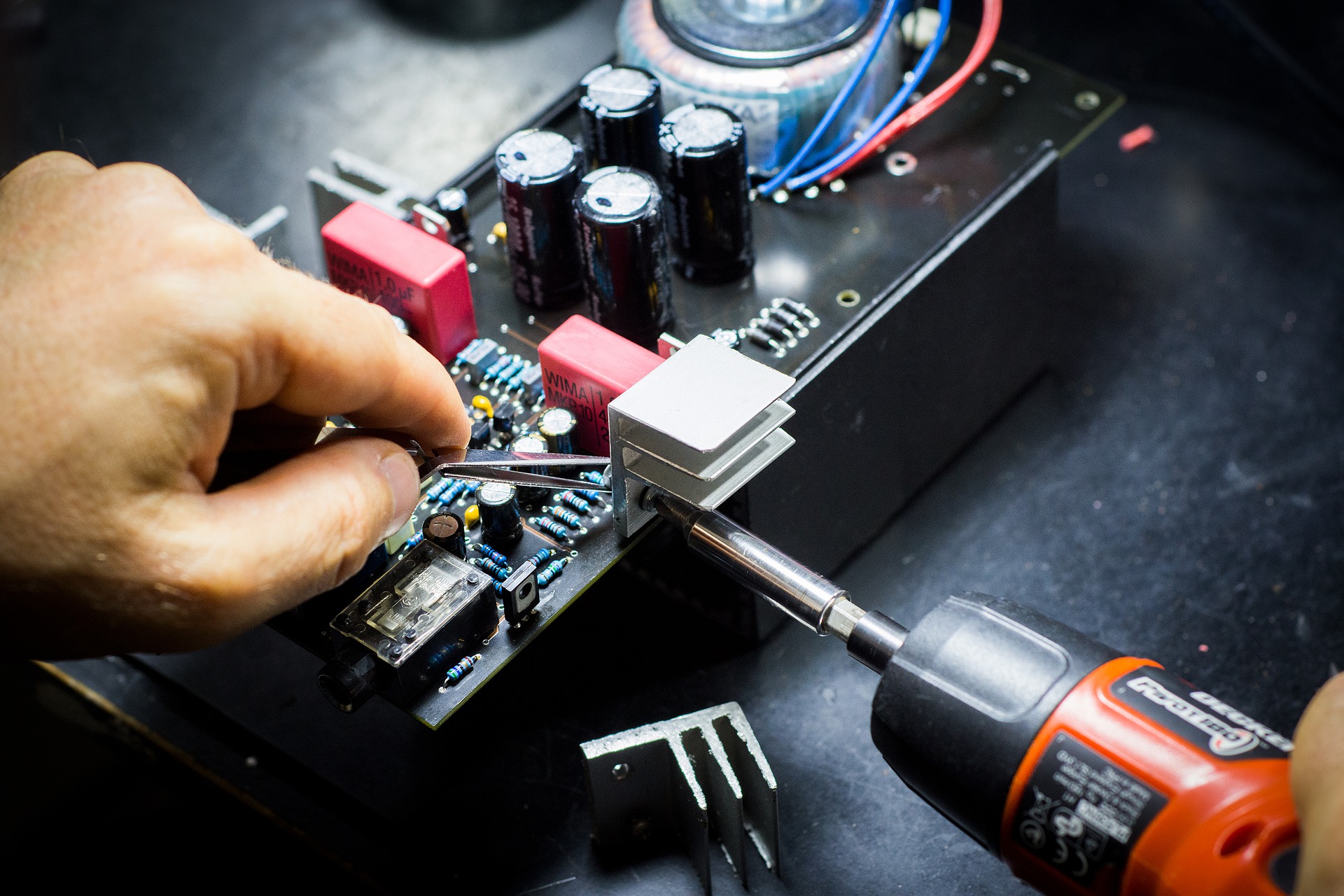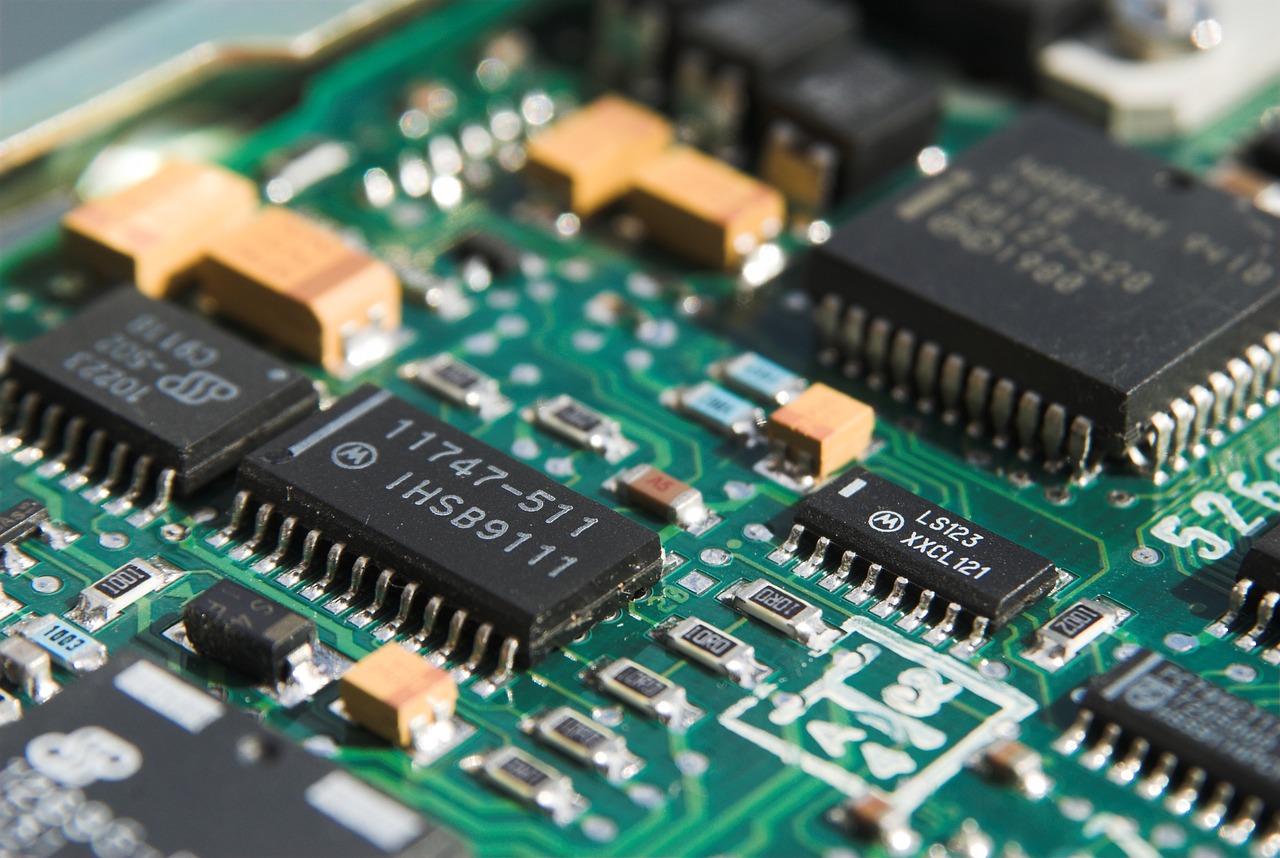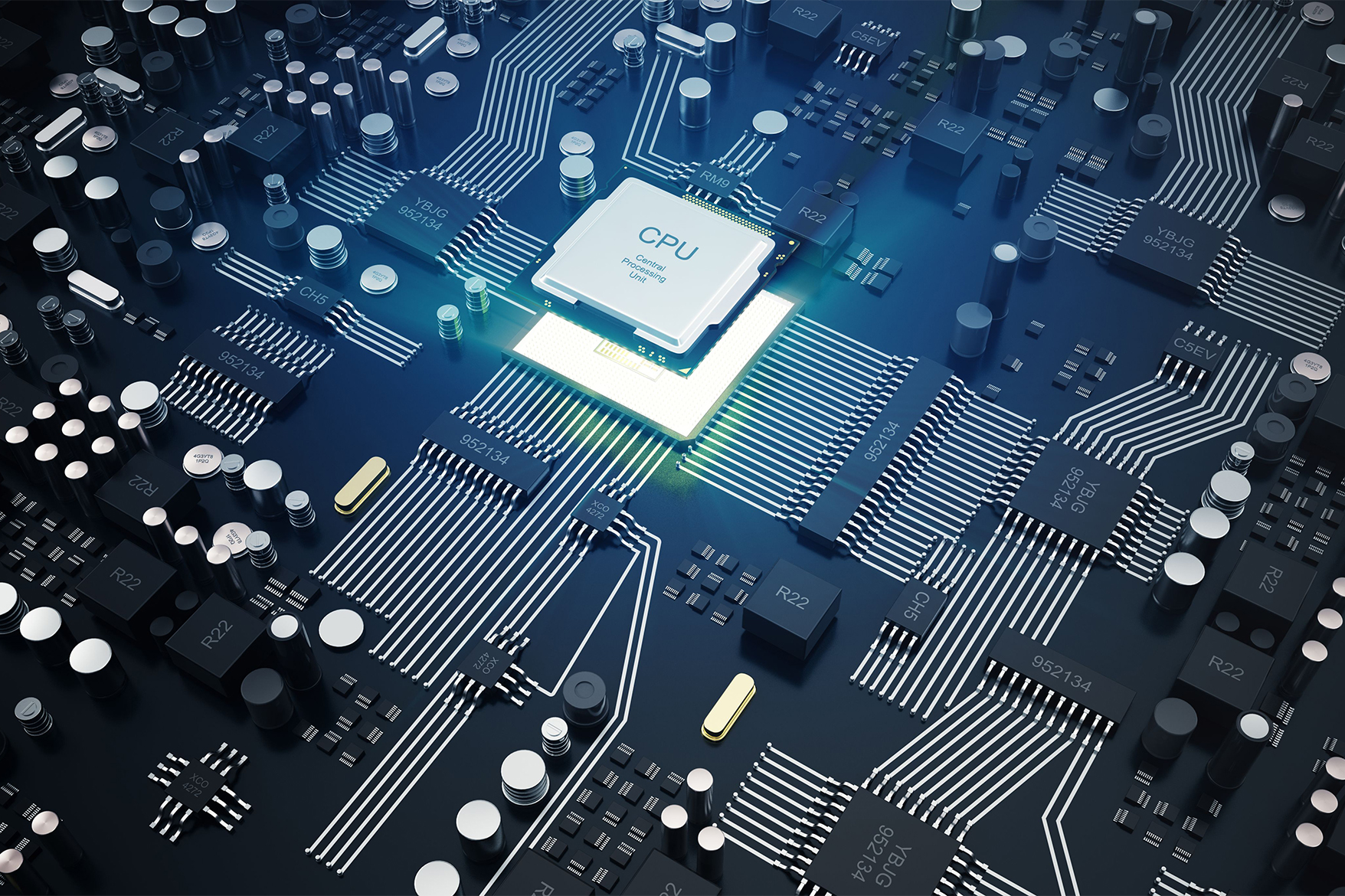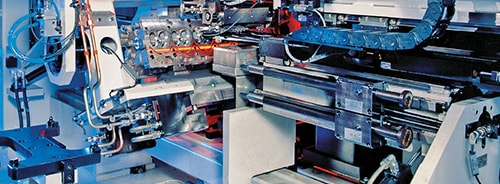OPC Classic is the most widely used technology for linking different automation devices in the world. It is an open, secure, and reliable technology for sending data in factories, enterprise applications, and the cloud. Numerous OPC–based systems are in use throughout the globe, allowing for the safe and reliable exchange of data between industrial software components.
OPC UA is a standard for transferring information vertically across the enterprise of multi-vendor systems while also ensuring compatibility between devices on various industrial networks from different manufacturers. This blog will see how the OPC UA tunnel works and its role in migration from classic OPC to OPC UA.
What exactly is an OPC UA Tunneller?
The term “tunnel” has a particular meaning and application when using the OPC standard for software-to-software data transmission. The OPC UA Tunneller is a simple interface that allows you to quickly and easily set up Classic-to-Classic OPC connections and Classic-to-OPC UA bridging.
The OPC UA Tunneller connects OPC UA clients to classic COM/DCOM based OPC DA and HDA servers implementing OPC UA standards. The UA-to-Classic Bridge exposes COM OPC Servers as open ports/files in the OPC UA Server’s address space and may host many OPC Servers.
Modern manufacturing processes must be able to utilize their existing OPC Classic-based equipment fully. An OPC UA Tunneller enables OPC UA-enabled client applications to interact with OPC Classic Servers, the Clients as well as with OPC UA Servers, and vice versa.
COM (Component Object Model), a Windows technology is used to transmit OPC data from an OPC server to an OPC client. An example of an OPC client is the HMI software you use in your operations. The OPC server is the driver that communicates with your PLCs, DCSs, and other control systems. Here the human-machine interface (HMI) that uses OPC Classic may be modified to interact with OPC UA devices. Consequently, operators may continue to use their existing systems while obtaining new insights and connecting to UA-enabled equipment as it becomes available.
Why OPC UA Tunneller is used in migrating from classic to OPC UA?
When multiple remote clients require data from same controllers, a remote OPC client/server architecture is used. Having those remote clients use their drivers or separate local OPC server instances for each client would waste control network bandwidth. Instead, a single OPC server can be placed on a separate, centrally accessible system, to achieve communication efficiency by not having too many clients making separate calls to the control hardware for the same data.
Why an OPC Tunneller is used instead of DCOM?
Distributed COM, or DCOM, is used when the server and client are not on the same network. DCOM is difficult to set up and leaves an exposed area on your OPC servers for software threats/attacks when it operates.
DCOM has three major constraints, translating into three distinct reasons for migrating to a tunnel for OPC data.
- DCOM configuration and support are complex and, and expensive.
- DCOM lacks dependability, resilience, and efficiency.
- DCOM notification is delayed during a network outage.
There is also a distinction between OPC tunneling and the tunneling of OPC data. OPC tunneling was developed as a more convenient and secure alternative to DCOM for remote OPC connections.
The OPC UA Tunneller’s role in migration:
The OPC UA Tunneller (UAT) is a simple, dependable, and secure connection between OPC Classic components and any combination of OPC Classic and OPC UA components.
Using the OPC tunneling solution during migration from Classic OPC to OPC UA provides the following advantages:
- Firewall-friendly easier setup and configuration than the earlier DCOM, with a robust array of client interfaces and devices
- Secure and dependable data transmission through 256-bit AES message signing and encryption, multi-threaded design
OPC Classic is built on the COM/DCOM technology from Microsoft. Typically, in an OPC Classic arrangement, an OPC Classic client needs the proper DCOM configuration to connect to an OPC Classic server operating on separate networks. DCOM configuration settings are subject to change as a result of security or Windows patch updates.
The DCOM security model also specifies the user accounts that access the program and the user accounts from which the application may accept connections. Furthermore, the Windows firewall needs you to add the COM programs to the exclusion list to communicate across a network.
To put it simply, utilizing an OPC Tunneller removes the uncertainty of guaranteeing reliable OPC Classic/OPC UA compatibility and cross-network connections. This solution is ideal for rapidly and effectively establishing OPC Classic-to-Classic connections and Classic-to-UA bridging.
When connecting OPC clients to servers, a tunneller avoids the difficulties associated with DCOM. The OPC bridging tunneller is a hybrid of an OPC wrapper and a proxy. A short description of how they operate is provided below.
Devices having OPC Classic are not capable of connecting with OPC UA on their own. Meaning, you need to use a device( tunnel) for handling communication between OPC Classic Servers and OPC UA Clients or between any combination of OPC Classic and OPC UA components. OPC UA Tunneller establishes a connection from OPC Classic to OPC UA and vice versa, simplifying the OPC UA migration process.
The two OPC Tunneller components (OPC wrapper and OPC proxy) communicate with one another via OPC UA. IT engineers managing the network infrastructure will add the port number and IP addresses of the servers and clients details in the firewall settings of the router as part of the port forwarding mechanism. Additional DCOM configuration is not required and Windows firewall configuration is limited to allowing access to the port being used by the uOPC Tunneller components on the respective machines.
Conclusion
Tunneling OPC data, in essence, reduces the time, effort, and cost needed for connecting and exchanging data between various computers, whether they are next to each other, on the same network in the same building, or the other side of the world.
Utthunga’s uOPC® Tunneling and related OPC bridging solutions help industrial enterprises to build a secure and reliable communication network without facing frequent configuration and security issues. To prepare your legacy communication systems future ready for an IIoT based ecosystem, get in touch with our OPC Tunneller experts now!



